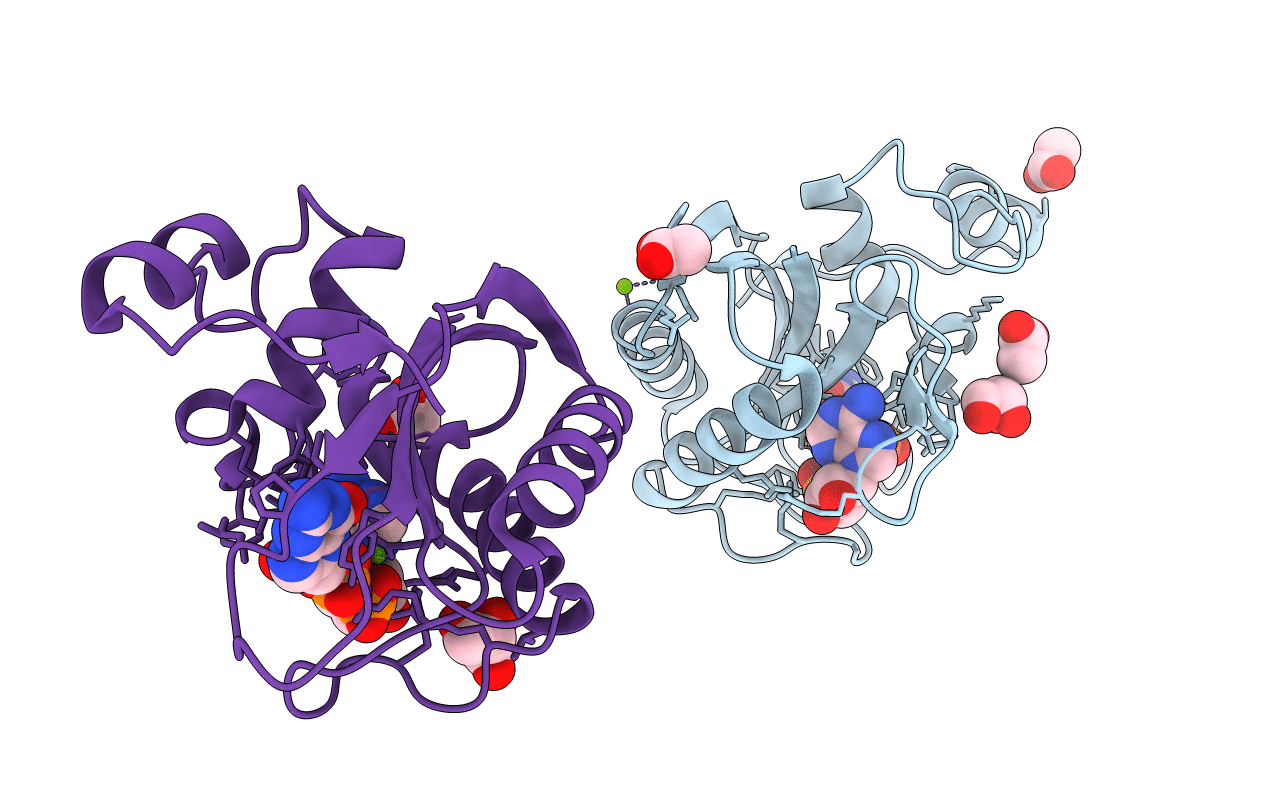
Deposition Date
2004-06-10
Release Date
2005-06-21
Last Version Date
2024-03-13
Entry Detail
PDB ID:
1TMM
Keywords:
Title:
Crystal structure of ternary complex of E.coli HPPK(W89A) with MGAMPCPP and 6-Hydroxymethylpterin
Biological Source:
Source Organism:
Escherichia coli (Taxon ID: 562)
Host Organism:
Method Details:
Experimental Method:
Resolution:
1.25 Å
R-Value Free:
0.16
R-Value Observed:
0.13
Space Group:
P 1 21 1


